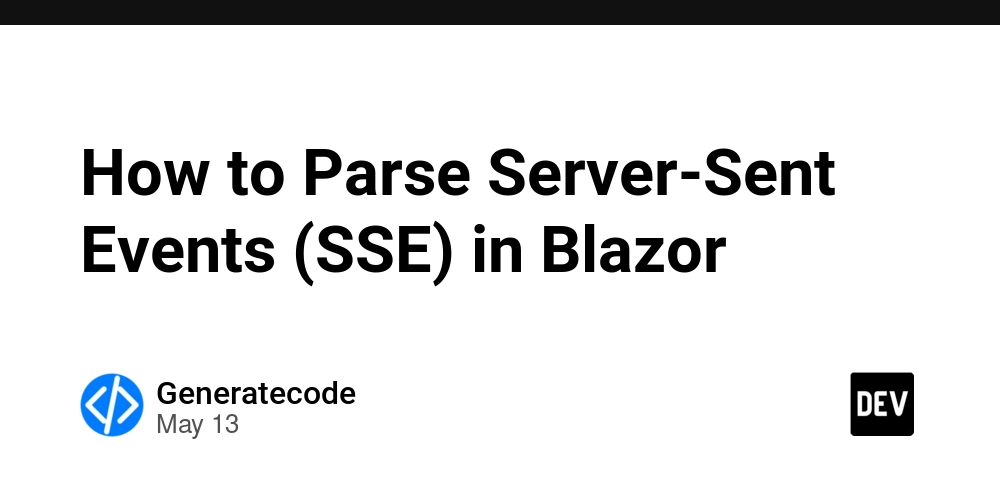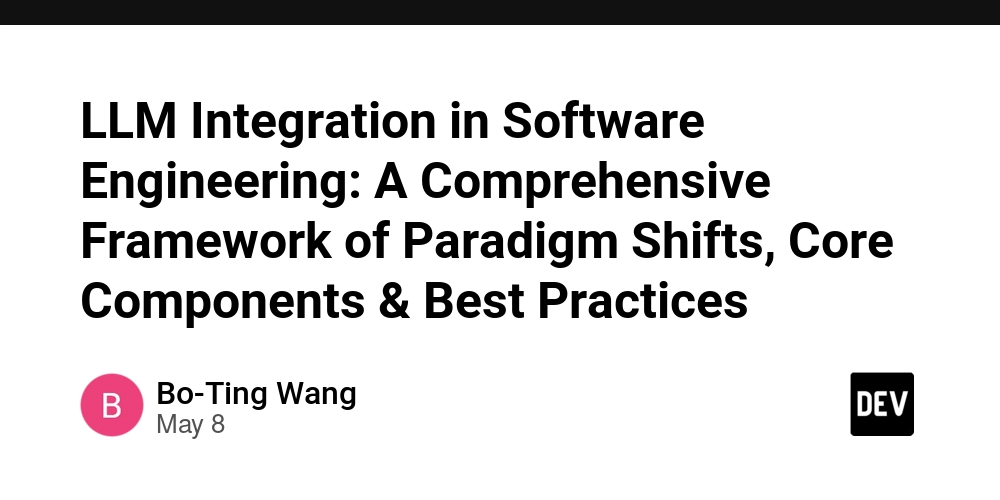Unveiling European Union Public License 1.2: Balancing Fair Code and Open Source Innovation
Abstract: This post provides a comprehensive exploration of the European Union Public License 1.2 (EUPL 1.2), highlighting its origins, core features, practical applications, and challenges within the open source ecosystem. We discuss its fair code approach in protecting contributors and enhancing developer recognition while ensuring legal clarity. With detailed background, use cases, comparisons, and future trends, this blog post serves as a master reference, enriched with tables, bullet lists, and pertinent hyperlinks from authoritative sources such as opensource.org/licenses and GitHub License Usage. Introduction The European Union Public License 1.2 stands out as a robust and ethically driven framework in the world of open source and fair code licensing. Designed to ensure both the freedom to innovate and fair compensation for developers, this license addresses the rising concern around corporate exploitation of community contributions. In today's rapidly changing digital landscape, understanding this licensing model is crucial for developers, project owners, and legal professionals alike. In this post, we will delve into the history, key features, and real-world applications of EUPL 1.2. Written from a technical expert’s perspective, the content is structured for clarity and scannability while integrating vital SEO keywords like open source license, fair code, developer compensation, legal clarity, and innovation. We will also compare EUPL 1.2 with alternative licenses, assess its challenges, and predict future trends in licensing. Background and Context History and Definition The European Union Public License 1.2 emerged from the need to protect developers’ rights and ensure fair monetization within the open source community. Initiated by a consortium of European legal experts, open source advocates, and policymakers, the license reflects a growing movement towards more equitable treatment of collaborative projects. Its design roots draw inspiration from traditional licenses such as the GNU General Public License while addressing economic inequities typical of open source endeavors. Ecosystem and Relevance Within the software development ecosystem, licensing models form the foundation of legal and ethical project governance. EUPL 1.2 reinforces community collaboration by requiring that derivative works adhere to the same fair code principles. It ensures that companies using community-developed software do not exploit the code without providing due credit or compensation. This focus on ethical practices distinguishes EUPL 1.2 from permissive licenses like the MIT License, which prioritize ease of use over detailed developer remuneration. For additional context on licensing philosophies, you may refer to the Original Article. Core Concepts and Features Key Features of EUPL 1.2 EUPL 1.2 is characterized by several features that set it apart: Robust Attribution: Requires that all derivative works clearly attribute original developers. Fair Compensation: Encourages fair remuneration for contributions, particularly in commercial contexts. Strict Redistribution Clauses: Mandates that derivative works and modifications maintain the same licensing terms. Legal Clarity: Offers a well-documented framework that balances innovation with protection against exploitation. Comparison with Alternative Licenses To better understand the strengths of EUPL 1.2, consider the following comparison table that outlines its key features alongside other popular licenses: License Attribution Fair Compensation Redistribution Restrictions Flexibility EUPL 1.2 Strict and unambiguous Emphasizes fair remuneration Mandates same-license for derivatives Moderate (legal complexity) OCTL Token-based transparency Built-in blockchain compensation model Mix of permissive and strict clauses Highly adaptable MIT License Minimal (attribution only) No compensation mechanism Very permissive Very high GNU GPL v3 Strong copyleft with attributions Protection through reciprocity Strict copyleft Restrictive Apache License 2.0 Moderate disclosure requirements Relies on goodwill/donations Permissive with patent clauses High Note: The table above illustrates that while EUPL 1.2 offers robust legal safeguards and ethical commitments, its legal complexity may limit rapid adaptation, particularly when compared to the simplicity of the MIT License. Technical Aspects and Overlap EUPL 1.2 is built around the principle of fair code, ensuring ethical treatment and protection for the developer community. Comparatively, its clauses echo the viral nature of strong copyleft licenses but place additional emphasis on direct compensation. Integrating blockchain-based compensation, as seen in models like the OCTL, is an emerging trend that EUPL 1.2 may eventually reinforce through dual licensing mechanisms. Developers can find furth

Abstract:
This post provides a comprehensive exploration of the European Union Public License 1.2 (EUPL 1.2), highlighting its origins, core features, practical applications, and challenges within the open source ecosystem. We discuss its fair code approach in protecting contributors and enhancing developer recognition while ensuring legal clarity. With detailed background, use cases, comparisons, and future trends, this blog post serves as a master reference, enriched with tables, bullet lists, and pertinent hyperlinks from authoritative sources such as opensource.org/licenses and GitHub License Usage.
Introduction
The European Union Public License 1.2 stands out as a robust and ethically driven framework in the world of open source and fair code licensing. Designed to ensure both the freedom to innovate and fair compensation for developers, this license addresses the rising concern around corporate exploitation of community contributions. In today's rapidly changing digital landscape, understanding this licensing model is crucial for developers, project owners, and legal professionals alike.
In this post, we will delve into the history, key features, and real-world applications of EUPL 1.2. Written from a technical expert’s perspective, the content is structured for clarity and scannability while integrating vital SEO keywords like open source license, fair code, developer compensation, legal clarity, and innovation. We will also compare EUPL 1.2 with alternative licenses, assess its challenges, and predict future trends in licensing.
Background and Context
History and Definition
The European Union Public License 1.2 emerged from the need to protect developers’ rights and ensure fair monetization within the open source community. Initiated by a consortium of European legal experts, open source advocates, and policymakers, the license reflects a growing movement towards more equitable treatment of collaborative projects. Its design roots draw inspiration from traditional licenses such as the GNU General Public License while addressing economic inequities typical of open source endeavors.
Ecosystem and Relevance
Within the software development ecosystem, licensing models form the foundation of legal and ethical project governance. EUPL 1.2 reinforces community collaboration by requiring that derivative works adhere to the same fair code principles. It ensures that companies using community-developed software do not exploit the code without providing due credit or compensation. This focus on ethical practices distinguishes EUPL 1.2 from permissive licenses like the MIT License, which prioritize ease of use over detailed developer remuneration.
For additional context on licensing philosophies, you may refer to the Original Article.
Core Concepts and Features
Key Features of EUPL 1.2
EUPL 1.2 is characterized by several features that set it apart:
- Robust Attribution: Requires that all derivative works clearly attribute original developers.
- Fair Compensation: Encourages fair remuneration for contributions, particularly in commercial contexts.
- Strict Redistribution Clauses: Mandates that derivative works and modifications maintain the same licensing terms.
- Legal Clarity: Offers a well-documented framework that balances innovation with protection against exploitation.
Comparison with Alternative Licenses
To better understand the strengths of EUPL 1.2, consider the following comparison table that outlines its key features alongside other popular licenses:
| License | Attribution | Fair Compensation | Redistribution Restrictions | Flexibility |
|---|---|---|---|---|
| EUPL 1.2 | Strict and unambiguous | Emphasizes fair remuneration | Mandates same-license for derivatives | Moderate (legal complexity) |
| OCTL | Token-based transparency | Built-in blockchain compensation model | Mix of permissive and strict clauses | Highly adaptable |
| MIT License | Minimal (attribution only) | No compensation mechanism | Very permissive | Very high |
| GNU GPL v3 | Strong copyleft with attributions | Protection through reciprocity | Strict copyleft | Restrictive |
| Apache License 2.0 | Moderate disclosure requirements | Relies on goodwill/donations | Permissive with patent clauses | High |
Note: The table above illustrates that while EUPL 1.2 offers robust legal safeguards and ethical commitments, its legal complexity may limit rapid adaptation, particularly when compared to the simplicity of the MIT License.
Technical Aspects and Overlap
EUPL 1.2 is built around the principle of fair code, ensuring ethical treatment and protection for the developer community. Comparatively, its clauses echo the viral nature of strong copyleft licenses but place additional emphasis on direct compensation. Integrating blockchain-based compensation, as seen in models like the OCTL, is an emerging trend that EUPL 1.2 may eventually reinforce through dual licensing mechanisms.
Developers can find further discussions on open source licensing and fair code practices on Stack Overflow and the Free Software Foundation Twitter.
Applications and Use Cases
Practical Examples
EUPL 1.2 has been successfully adopted in various sectors, including:
- Government and Civic Tech: Several European public sector projects have chosen EUPL 1.2 to ensure that code developed through community efforts receives proper attribution and potential compensation. This has added legal security and encouraged collaborative innovation.
- Financial and Fintech Applications: In the finance sector, large-scale projects that require high levels of transparency and robust legal guarantees often adopt EUPL 1.2. The clear, strict provisions help protect developer contributions even when commercial partnerships are involved.
- Educational Platforms and Research Initiatives: Open source projects in health and education have benefited from the ethical framework provided by EUPL 1.2, ensuring that both collaborative innovation and academic integrity are preserved.
Detailed Use Case: Open Civic Platforms
An example of EUPL 1.2’s practical application is in open civic platforms where public collaboration is essential. Here, the license ensures that contributions from numerous developers worldwide are acknowledged and preserved, while providing a deterrent against unauthorized commercial use. This model not only fosters trust but also encourages participation within the community.
Another real-life example includes digital public administration tools that have used EUPL 1.2 to build secure, community-driven software while preventing exploitation by large commercial entities. You can explore further success stories through discussions on Hacker News and detailed reports on GitHub License Usage.
Challenges and Limitations
While EUPL 1.2 offers many advantages, it comes with certain challenges:
- Legal Complexity: The intricate language and strict clauses may be daunting for developers who prefer simpler and more permissive licenses.
- Dual Licensing Hurdles: Although dual licensing can widen commercial adoption, the strict copyleft nature of EUPL 1.2 sometimes creates legal friction when integrating code under different licensing models.
- Enforcement Difficulties: Like many open source licenses, ensuring robust enforcement in a global environment with anonymous contributions remains a challenge. Inadequate Contributor License Agreements (CLAs) can also lead to legal ambiguities and risk of exploitation.
Bullet List of Key Issues
- High legal overhead discourcing quick adoption.
- Compatibility challenges with more permissive licenses like the MIT License.
- Practical difficulties in enforcing attribution requirements globally.
- Risk of exploitation if adequate CLAs are not integrated into project management.
For an in-depth discussion on these topics, refer to Stack Overflow Q&A and the Original Article.
Future Outlook and Innovations
Trends in Open Source Licensing
Looking ahead, we expect to see increased experimentation with dual licensing models that blend traditional legal protections with modern blockchain-based mechanisms for fair compensation. Licenses like EUPL 1.2 can evolve by integrating tokenization strategies similar to what is seen in the OCTL model, potentially offering automatic compensation and tracked attribution through immutable blockchain ledgers.
Innovations on the Horizon
- Blockchain Integration: Future versions may see built-in blockchain features that allow for transparent and automated monetization. This integration is already a subject of discussion in developer forums such as GitHub and Twitter.
- Enhanced CLA Frameworks: To mitigate the risks of contributions without proper legal backing, projects may adopt more sophisticated Contributor License Agreements, leveraging automated tools for verification.
- Increased Corporate Adoption: With rising awareness of fair compensation, larger corporations might opt for dual licensing arrangements that incorporate EUPL 1.2 to protect community contributions while pursuing commercial objectives.
Supporting Links and External References
For further reading and community innovation insights, check out these useful resources:
- Arbitrum and Open Source License Compatibility
- License Token Empowering Open Source Creators
- Dev.to Post by Zhangwei on the Zlib License Analysis
- Gitcoin and the Evolution of Web3
These sources further enrich our understanding of where fair code licensing is headed and how projects can balance innovation with ethical sustainability.
Summary
In summary, the European Union Public License 1.2 is a pioneering instrument in the open source and fair code licensing arena. Its strength lies in enforcing strict attribution, protecting developer rights, and promoting ethical collaboration by ensuring fair compensation. Despite challenges such as its inherent legal complexity and enforcement challenges, EUPL 1.2 remains a fundamental model for projects that require both innovation and robust legal protection.
As the digital landscape evolves, future innovations such as blockchain-based integration and enhanced dual licensing models promise to further reinforce the ideals of fair code. For developers, project owners, and legal professionals seeking to harness the benefits of open source without falling prey to exploitation, EUPL 1.2 offers a clear and tested roadmap toward sustainable software development.
Further Reading
For additional insights and more detailed analyses, consider these authoritative resources:
- Original European Union Public License 1.2 Summary
- OSI Licenses – A Comprehensive Guide
- GitHub License Usage and Open Source Trends
- Arbitrum and Open Source Contributions
- License Token Empowering Open Source Creators
By leveraging these resources and understanding the core ideas presented here, you gain the ability to make informed decisions that not only protect your intellectual property but also promote a fair and sustainable open source environment.
This post was written with the intent to serve as a definitive guide on EUPL 1.2, balancing technical precision with accessibility to nurture a well-informed developer community and advance open source innovation.

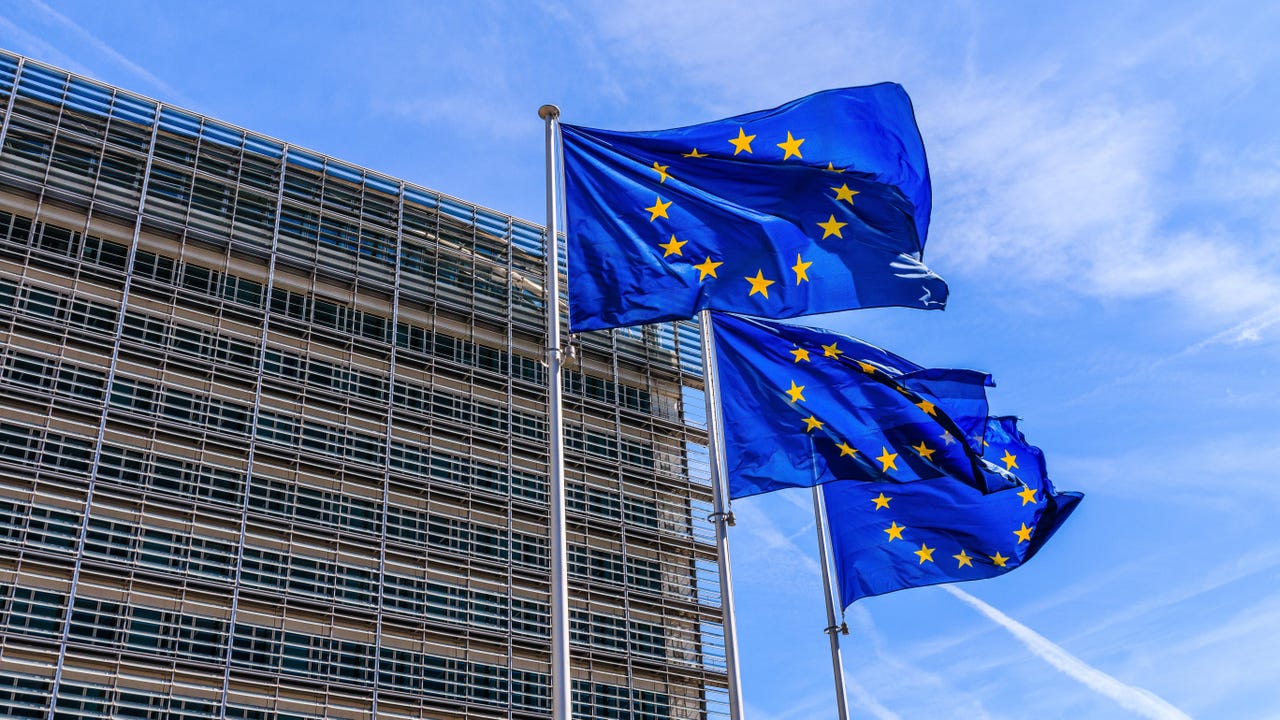




















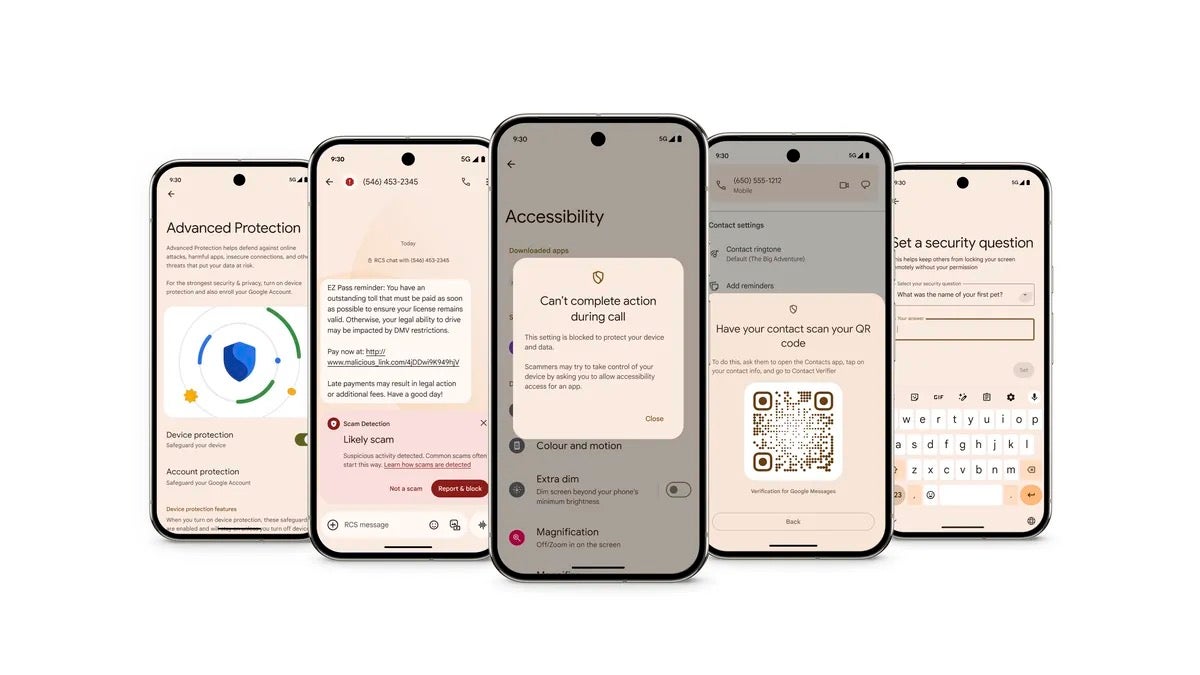


























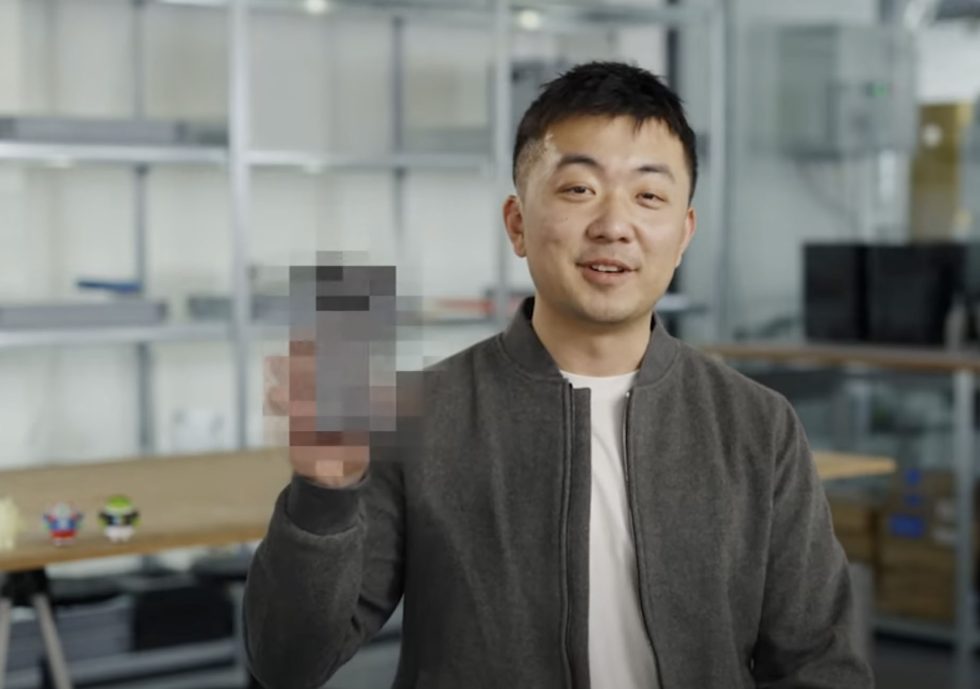





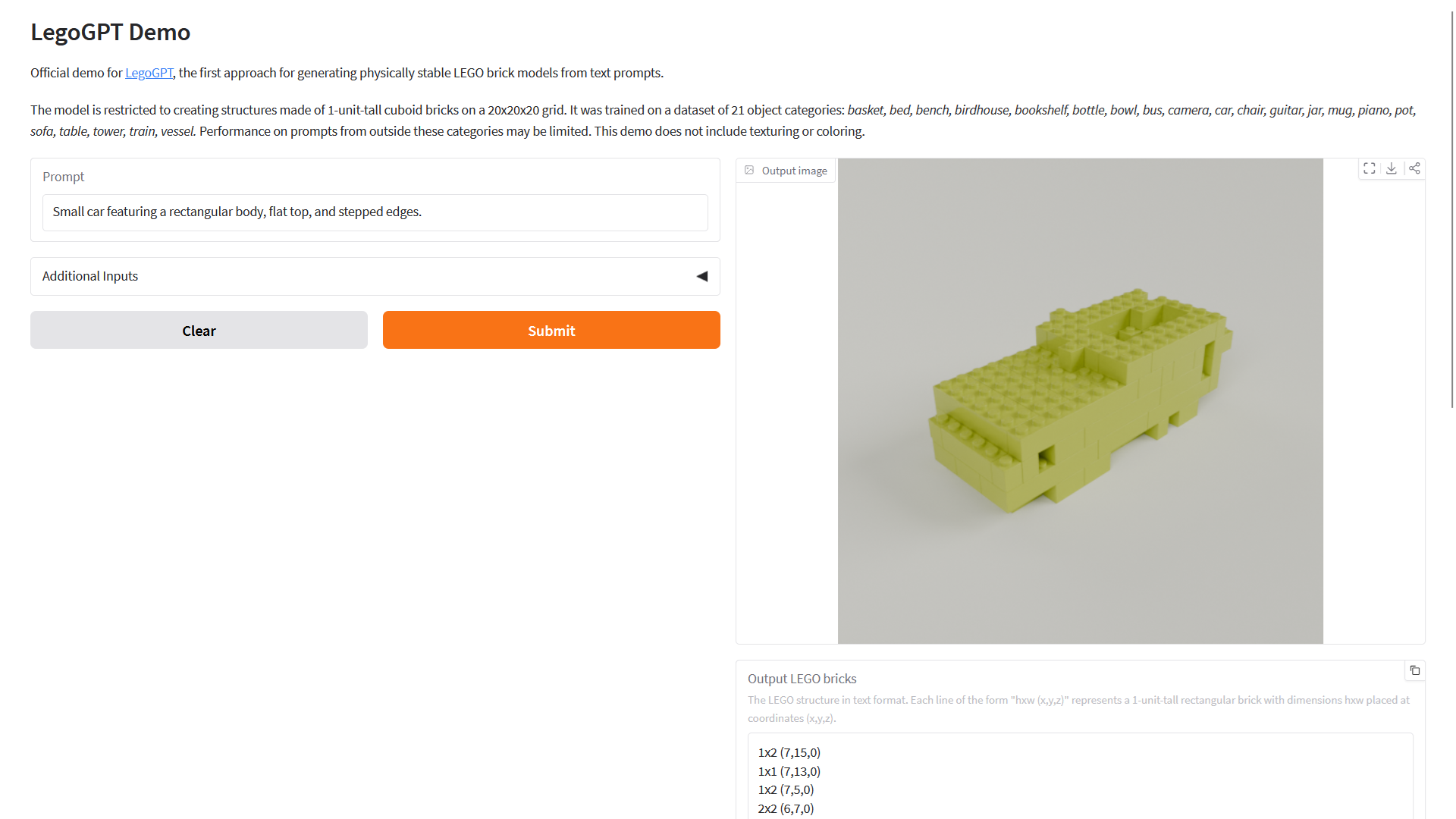




















![Apple Unveils Powerful New Accessibility Features for iOS 19 and macOS 16 [Video]](https://www.iclarified.com/images/news/97311/97311/97311-640.jpg)


























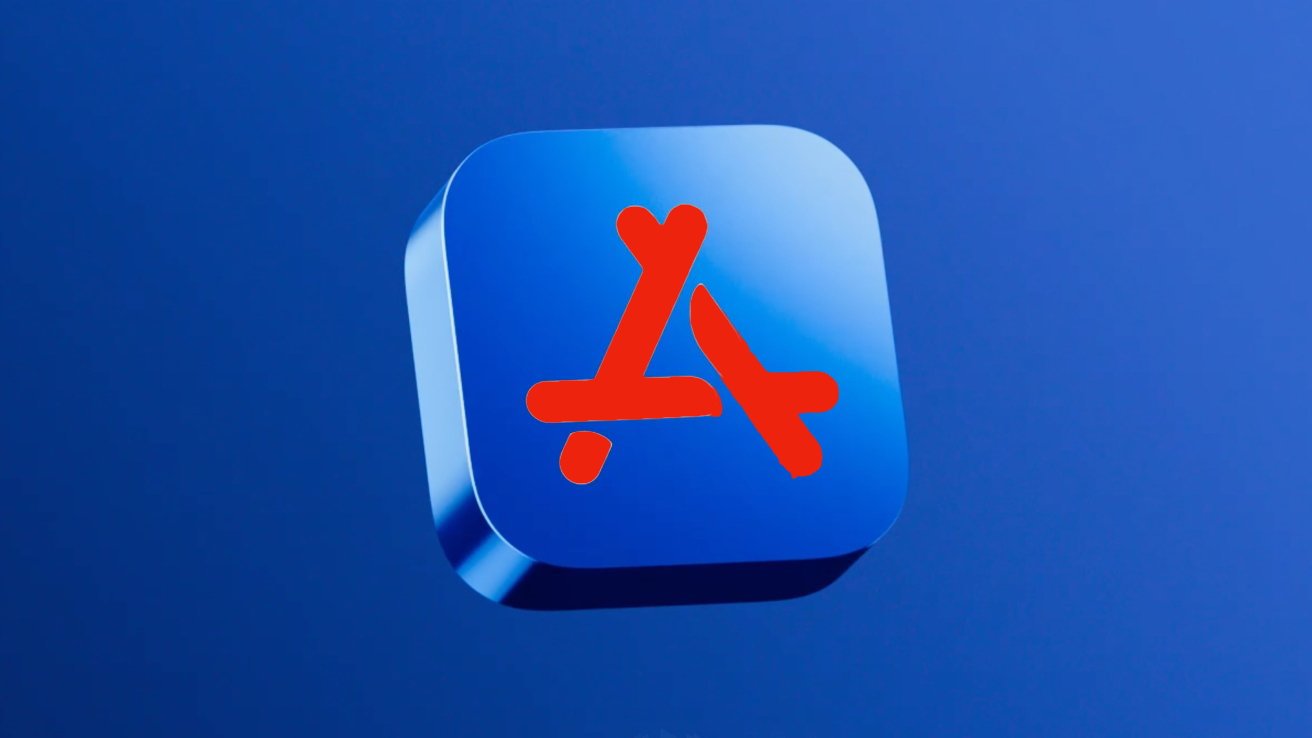
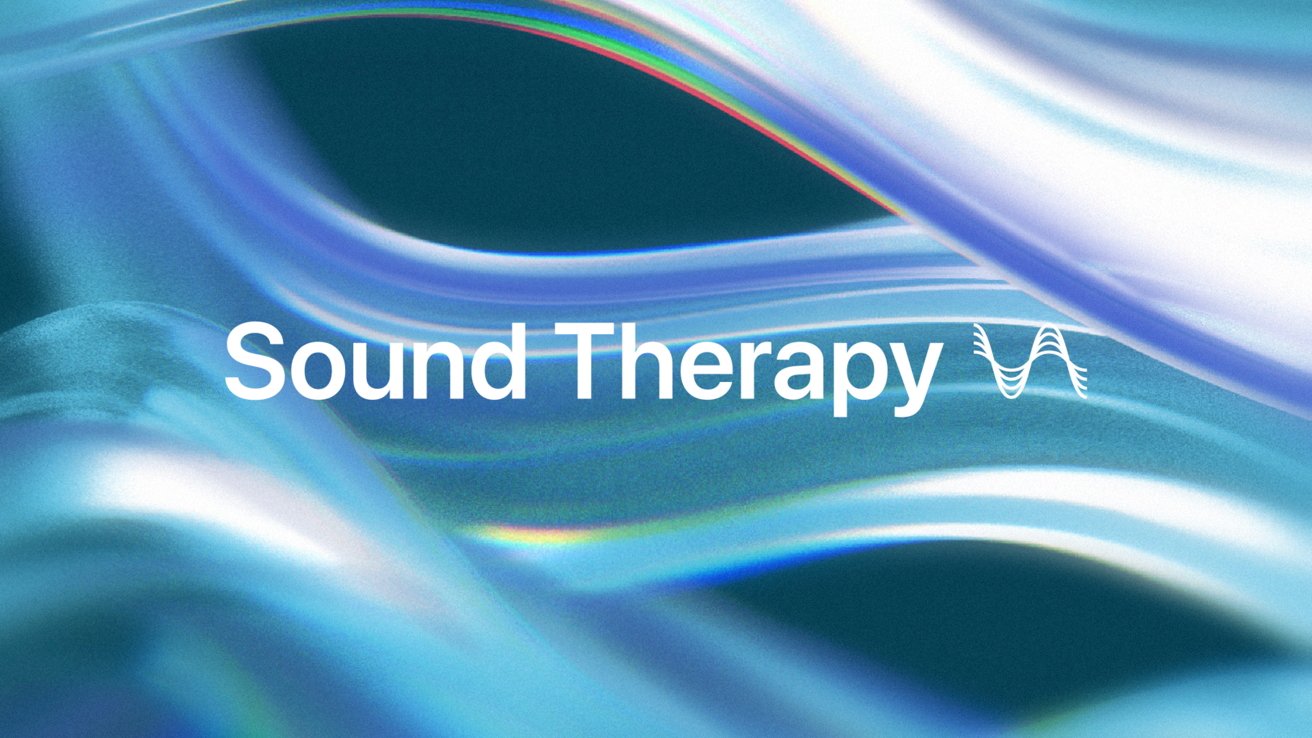




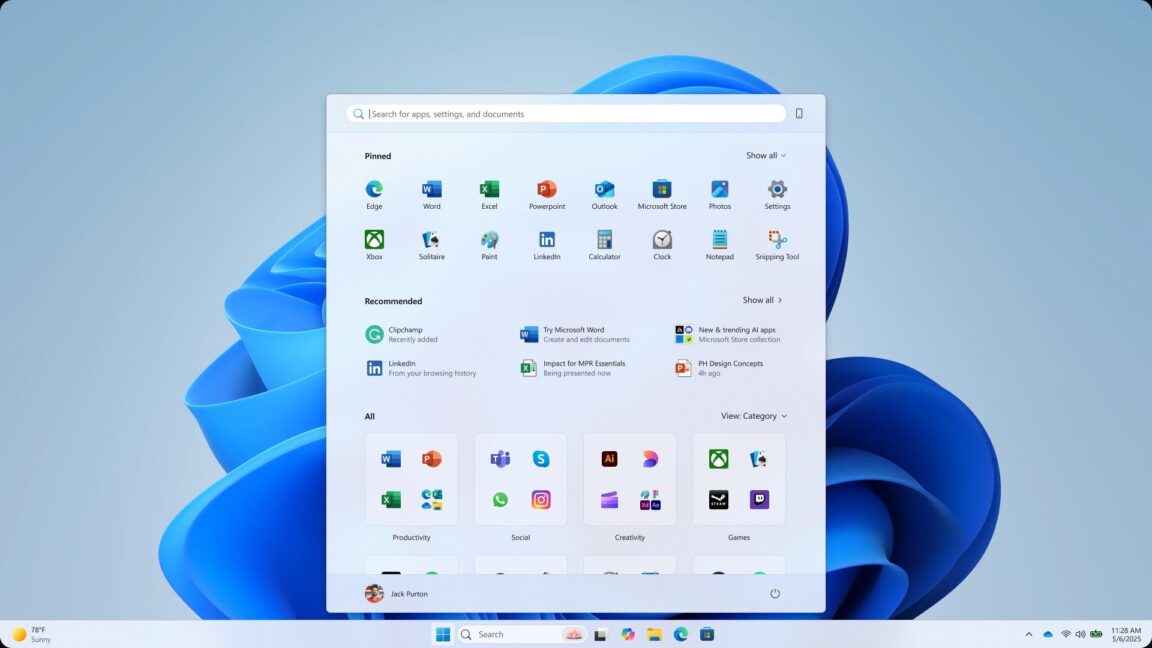













































































.png?#)
.png?#)































































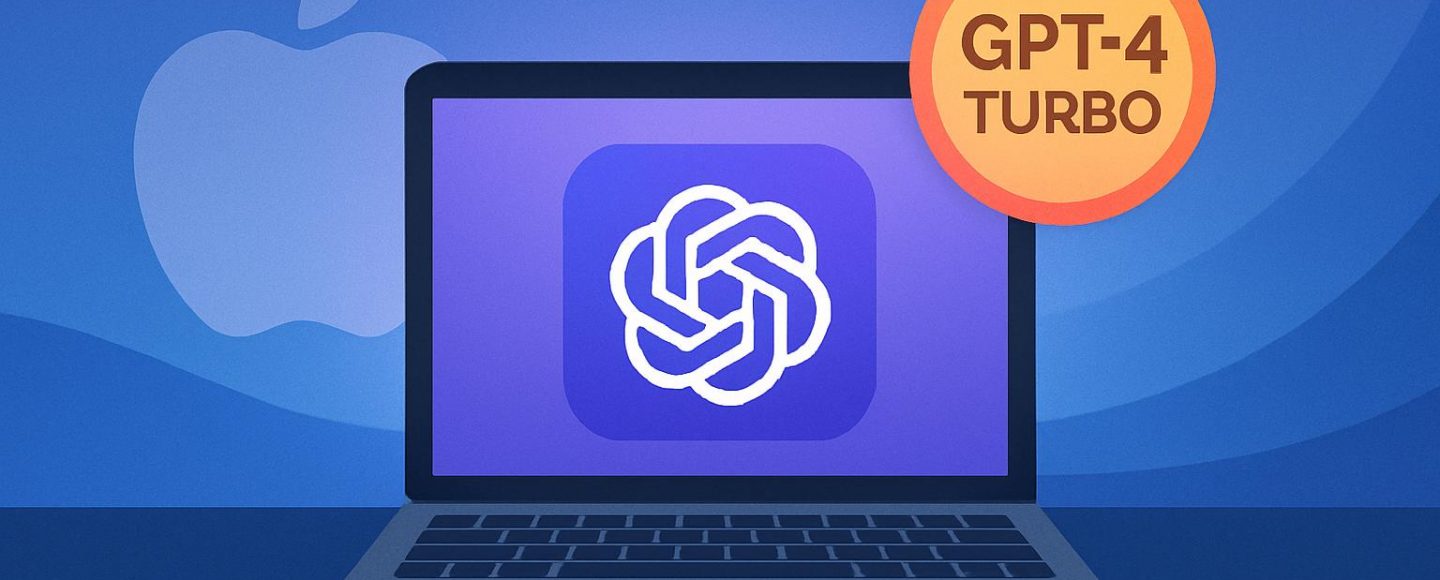
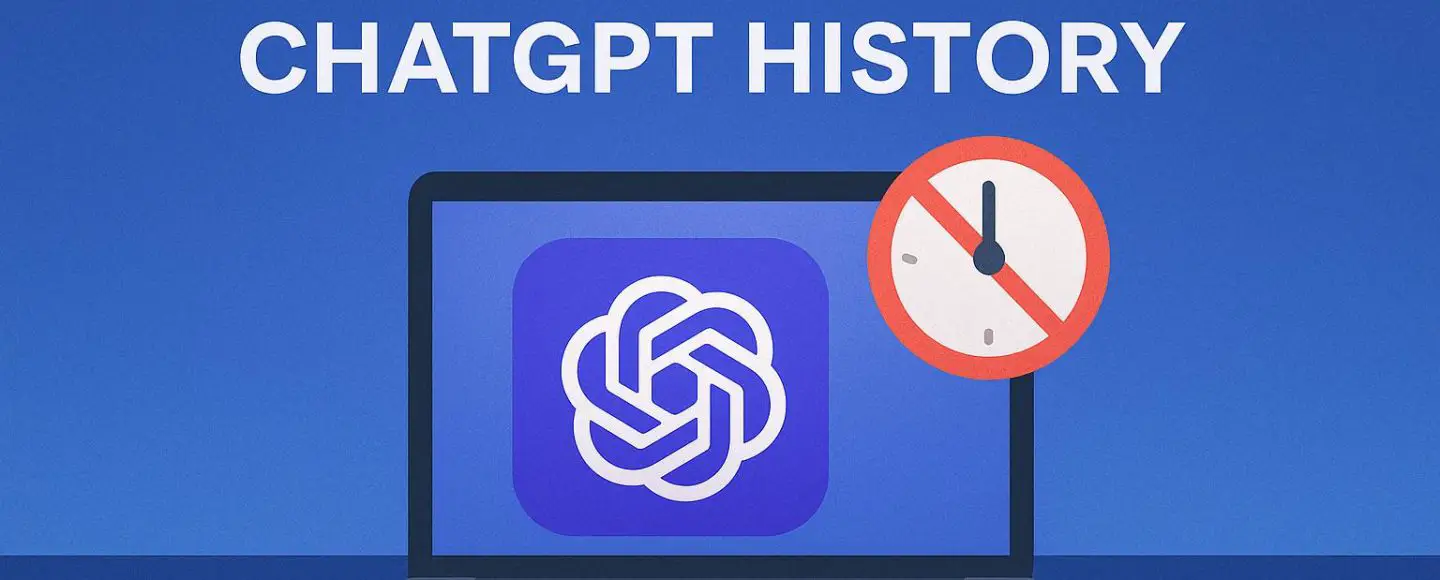





















































![[The AI Show Episode 147]: OpenAI Abandons For-Profit Plan, AI College Cheating Epidemic, Apple Says AI Will Replace Search Engines & HubSpot’s AI-First Scorecard](https://www.marketingaiinstitute.com/hubfs/ep%20147%20cover.png)




























































































































































